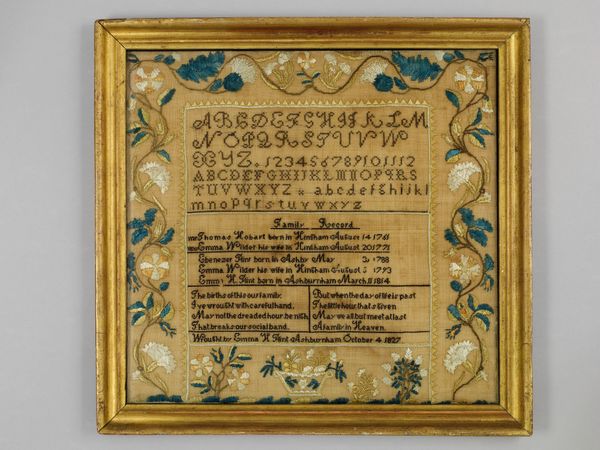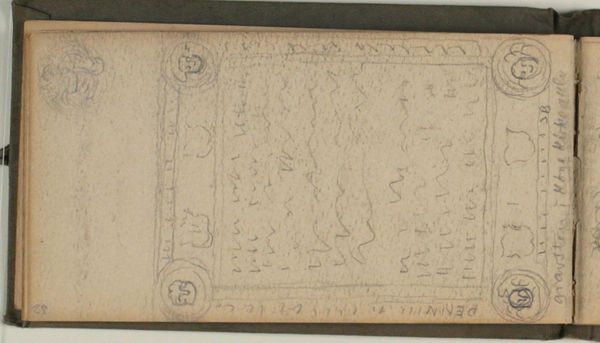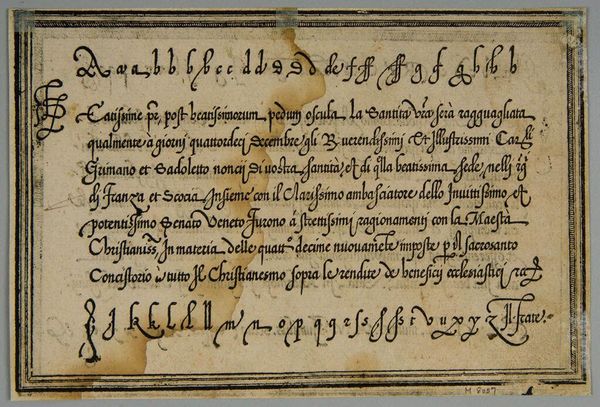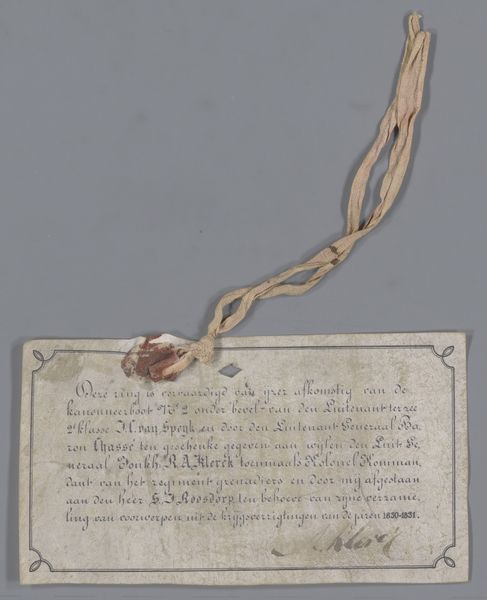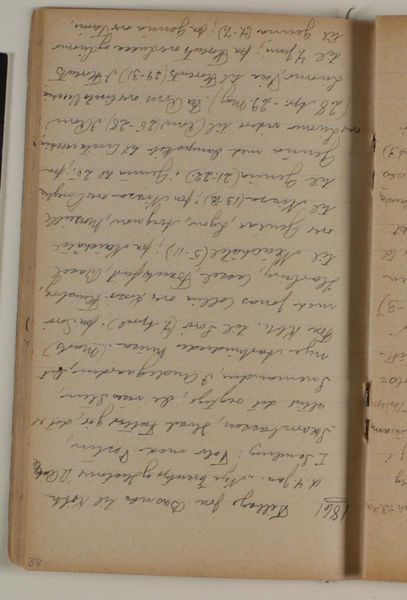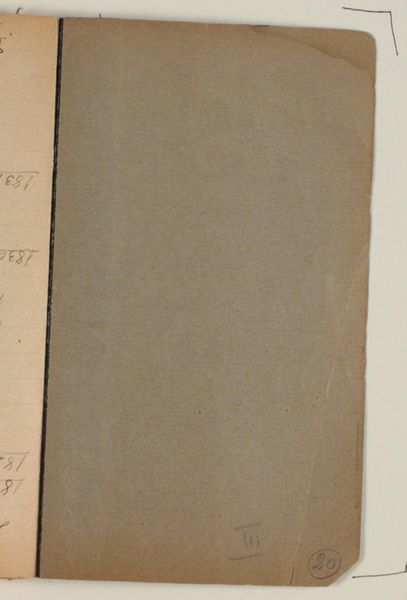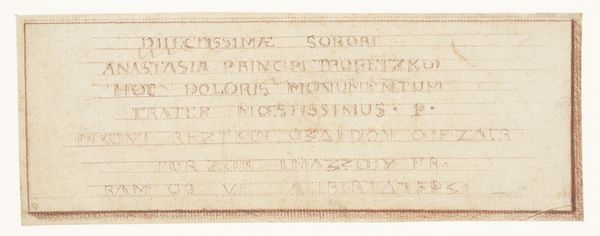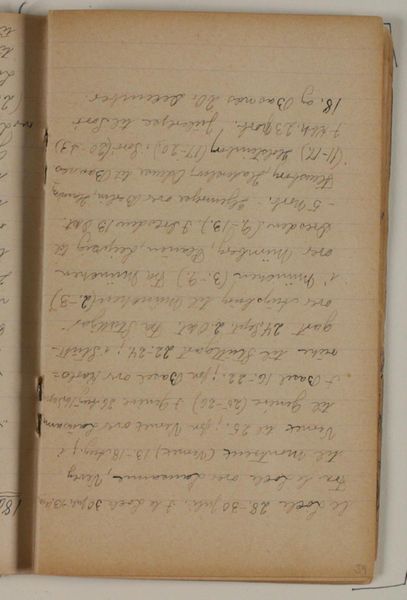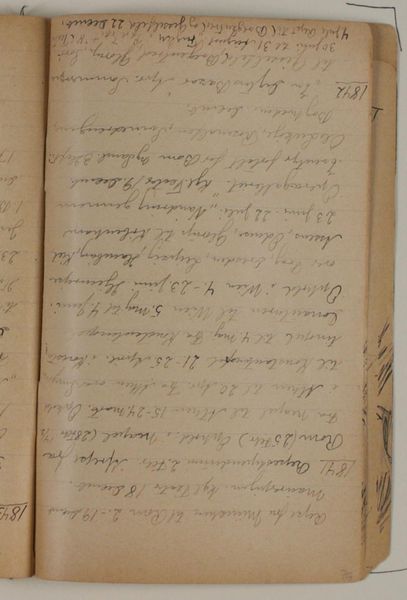
print, metal, engraving
# print
#
metal
#
text
#
engraving
Dimensions: height 20 mm, width 202 mm
Copyright: Rijks Museum: Open Domain
Curator: Looking at this small, rectangular metal plate, what's your immediate take? Editor: Austere. There's an almost brutal plainness about the starkness of the engraved text, the unforgiving nature of the medium. It seems...unyielding. Curator: That's a perceptive reaction. This is a print, likely from the hand of Bernard Picart, titled "Strook met onderschrift," which translates to 'strip with caption.' It’s an engraving on metal dating from 1683 to 1733. Now housed here at the Rijksmuseum. Editor: Engraving itself carries weight, doesn’t it? Like chiseling truth into stone, or in this case, metal. What is this "caption," then? Curator: It seems to be commemorative text, detailing particular historical events of its time. Words held their own distinct symbolism, capable of conjuring the image. That linear format...it’s not unlike an inscription on a commemorative plaque. Almost like a scroll unrolled. The continuous nature suggesting unending…remembrance? Editor: Exactly. Consider the act of engraving; the permanence, the intent to leave a lasting mark. What sort of culture creates such objects, these miniature monuments in metal? The very medium declares importance and the desire to fix ideas into time. I’m curious about who would’ve originally viewed it? Was it publicly displayed, privately kept as a memento, or maybe part of a book or other published work? Curator: Indeed. Context is crucial. A printed work allowed the potential for democratization of imagery and the idea or ideology the inscription advances or supports, versus the highly specialized and costly tradition, say, of large-scale public stone inscriptions in public spaces. But the linear design almost compels a sustained, meditative reading. Perhaps meant to be revisited again and again, anchoring particular truths in collective consciousness. Editor: The act of memorializing inherently suggests selection. This text wasn't simply recorded; choices were made about what to include, what to emphasize, shaping narratives for future generations. This object tells us just as much about the agenda of the memorializers as the events memorialized. Curator: Yes. It underscores the politics inherent in visual representation itself, how images – even those solely of text – actively shape our understanding of the world, our memories and sense of belonging to the story we are a part of. It also demonstrates, I believe, our perennial human yearning to make tangible the intangible and arrest the fleeting moment in time. Editor: Ultimately, this unassuming strip prompts profound questions about remembrance, truth, and the politics embedded in even the simplest forms of art. Thank you.
Comments
No comments
Be the first to comment and join the conversation on the ultimate creative platform.
